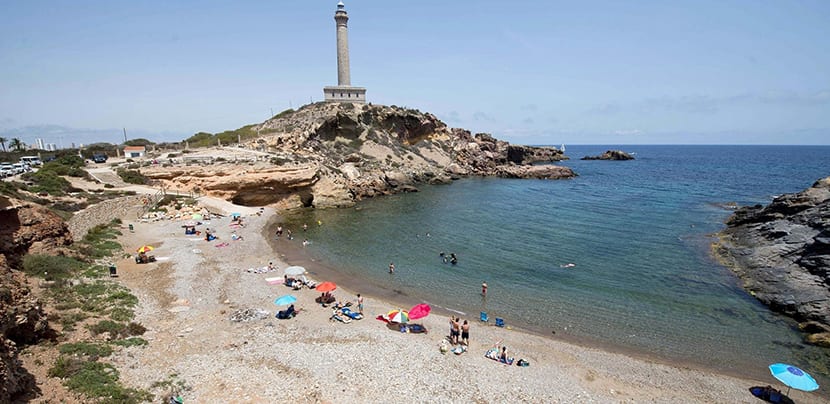
A cape is a point of land that projects towards the sea and that influences the tides and therefore, navigation. One of the most popular capes in Murcia, Spain, is the Cabo de palos and today it is our destination for travel and discovery.
The Cabo de Palos and its fishing village They have continued to watch the coast for centuries, first as an observation tower and then as a loyal lighthouse, witness to adventures, battles and also the occasional sad shipwreck.
Cabo de palos

As we said above here a Fisher's town that takes advantage of the fertile waters of the Mediterranean Sea. Time has turned it into a tourism destination where one can taste tasty dishes based on fish and seafood, either in its many restaurants as well as in the simple beach bars near the port.
Up to here you can get by bus from Murcia, Madrid, La Manga or Cartagena and if you go in spring or summer you can take advantage of the sun and its beaches too. Cabo de Palos is only half an hour from Cartagena or 50 minutes from Murcia. You can also go by train to Cartagena, Murcia or Alicante and rent a car afterwards.
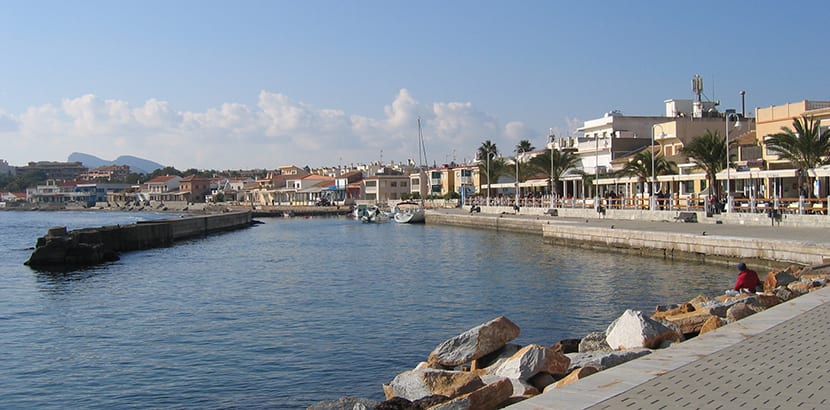
In principle it is a small place where you can eat, enjoy the maritime air and if you like diving, dive, well, for a while now. It is part of the Cabo de Palos and Hormigas Islands Marine Reserve.
This reserve is a underwater area of almost 20 square kilometers of surface between Cabo de Palos itself and its lighthouse to the Hormigas Islands. It is great biological diversity and its funds are very well preserved, so it is a wonderful place to diving among corals and posidonia meadows.
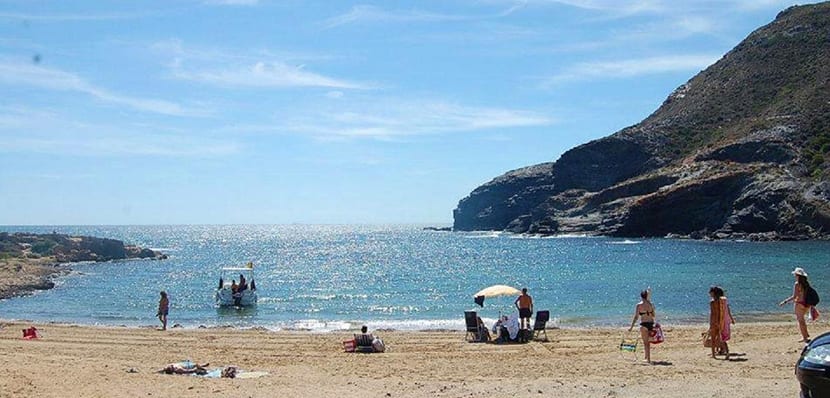
The bottom is nothing other than the underwater continuation of the cape that sinks to the coast and reappears in the Hormigas Islands, and this characteristic is what makes navigation in the area dangerous. Here is the reason for the shipwrecks that have taken place. Thus, the protection became effective in 1995 and since then marine flora and fauna have survived and even some species reproduce here for commercial purposes.
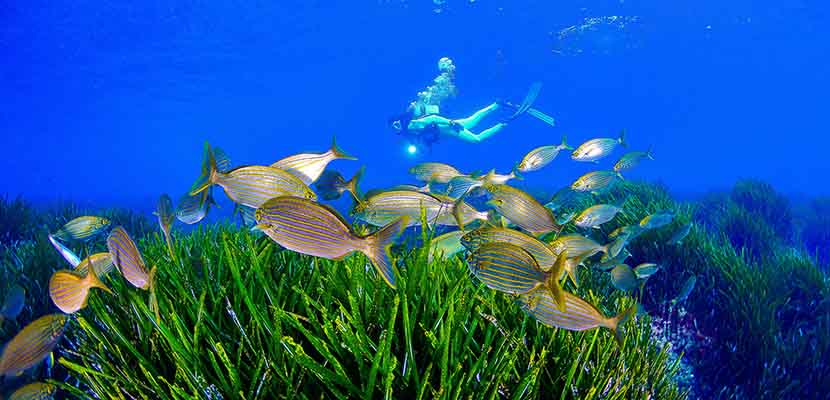
The Reserve is part of the well-known Natura 2000 of the European Union, and is for many the best diving destination in all of Spain and Europe. In addition to the animal and plant species that embellish everything, there are also the wreck of the Syrian ocean liner that sank in 1906 (at great depth, but at the hand of the most expert and adventurous).
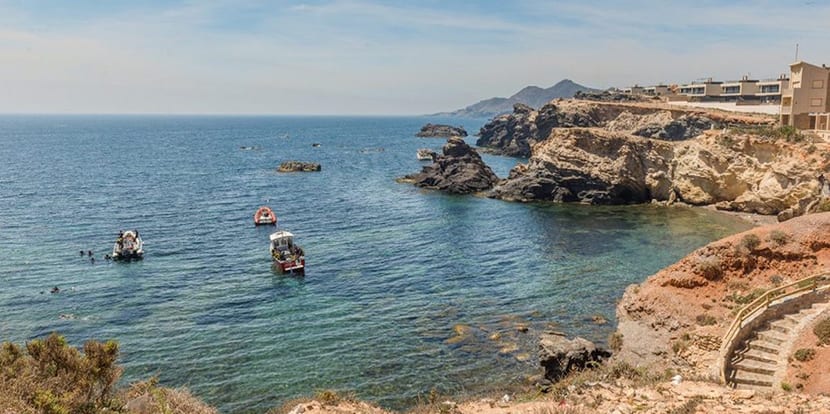
But beyond the sea and its secrets and wonders, what does Cabo de Palos offer us? Well it has some sites of historical interest and attractive cultural events. In principle, there is the Cabo de Palos Lighthouse, rising on the rocky promontory, an Asset of Cultural Interest since 2002.
Thousands of years ago there was a temple here dedicated to Baal Hammon, a Phoenician god worshiped in Carthage who later became Cronus and Saturn, for the Romans. Late in the Middle Ages, the Berber attacks, Ottoman corsairs, forced King Carlos I to entrust Cartagena with the construction of a watchtower at the tip of the cape. Then the San Antonio Tower.
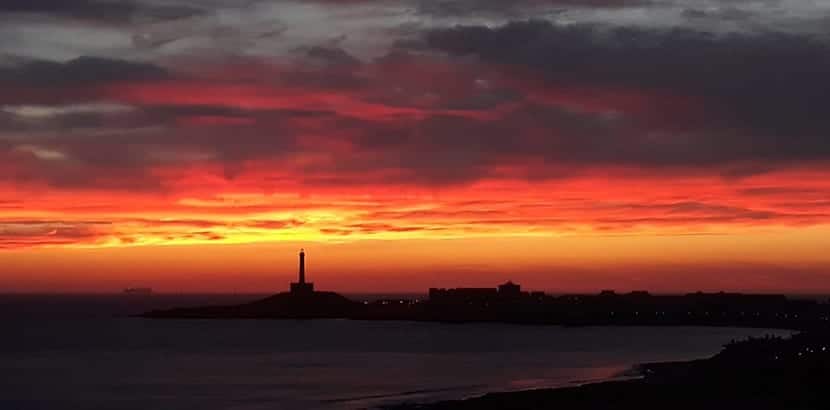
In the days of Felipe II, the entire coast acquired a more complete defense system, of which the improved tower was part. Thus he gained a permanent guard to give the cry of alarm before the sighting of pirates or invaders. The tower stood for many years because we are talking about the end of the 1862th century. But in XNUMX, even though it was in very good condition, was demolished and supplanted by a lighthouse.
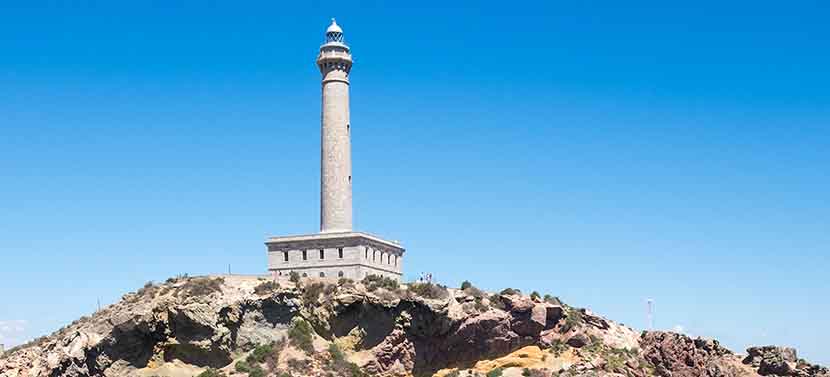
The new lighthouse was completed in 1864 to go into operation the following year. The foundations of the tower were used for its construction. It has a square shape, two floors and 11, 60 meters high. Its walls are thick and it has a prismatic 12 meters high, a capital and a projecting cornice supported by corbels on which a tower rises. Its light reaches 50 meters above ground and 51 meters above sea level, it is white with two flashes every ten seconds and at night it reaches 81 nautical miles.
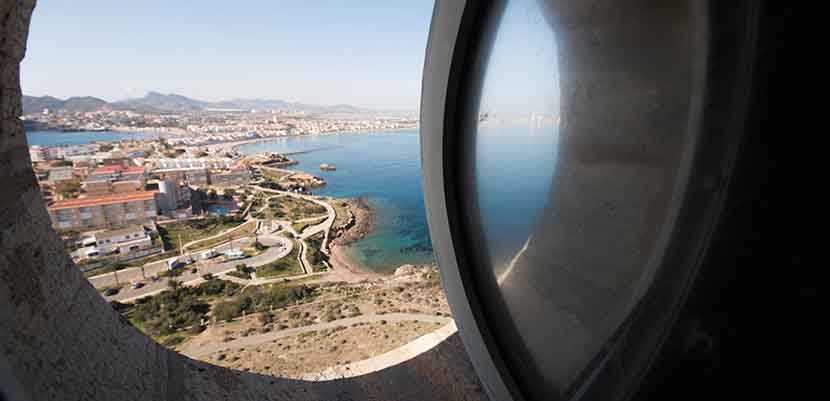
Seen the lighthouse you can dedicate yourself to enjoying the sun and the waters, which by the way are warm, in some of the surrounding coves such as Cala Reona, Cala Túnez, Cala Mayor, Cala Flores, Cala La Galeria or Cala del Muerto. Many of them are accessed by going down a ladder and there is a signposted path that should be followed. And then yes, at sunset you can go for a walk through the charming little streets of the town, with its calm atmosphere and its low and colorful houses.
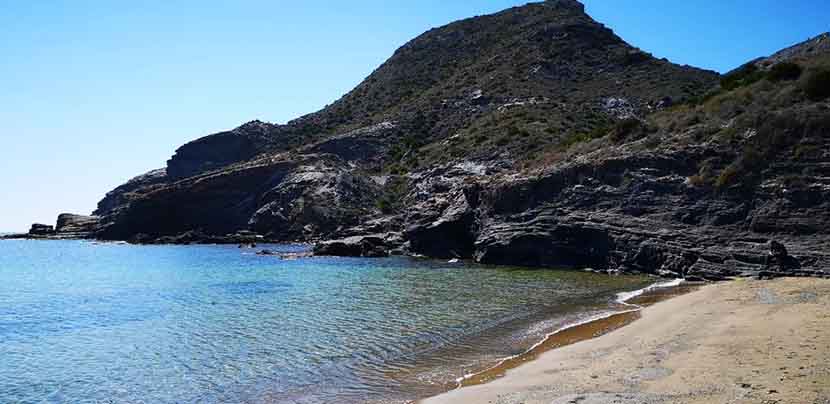
The center of Cabo de Palos is Port with its restaurants and beach bars and fishing boats and its picturesque port walk. These boats bring fresh fish and seafood that are used to give life to a characteristic dish of the region, the caldero, with rice and Señora. Another ride, the zeneta, It's very colorful. It is the oldest part of the Paseo de La Barra that is divided by the construction of the port and where there are old houses whose doors are literally licked by the waters.
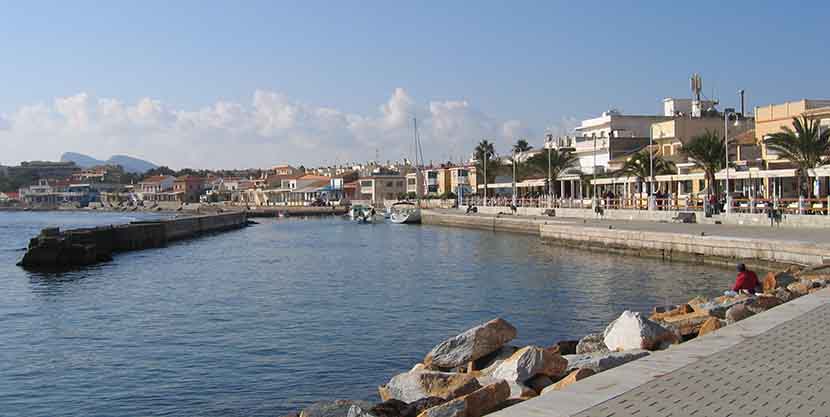
There is also the market which is organized on Sundays, with very good prices on all products and as we said before, the coves and cliffs that are hidden in the round. Cabo de Palos is literally in front of the Levante Beach, a beach that connects with La Manga. It is a bay with calm and turquoise waters, waiting for everyone to take a dip. Nearby is the duck island, also protected from the waves, and therefore a very beautiful natural pool….
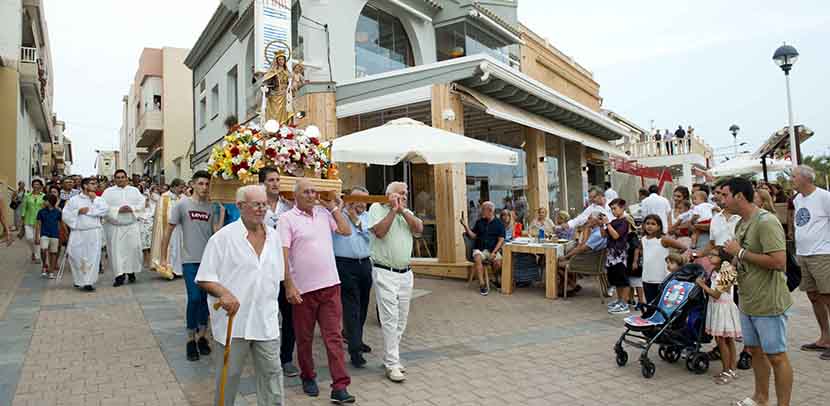
The night in Cabo de Palos is also of great beauty. Romantic! After spending a while in front of the sea, it is time to go back to town and walk through its streets and sit in a restaurant in the square. Even if you go in eastern you will be able to see the procession of fishermen or if you go in summer, more exactly on July 16, with its maritime procession of the Virgen del Carmen or in August, which takes place the colorful festivities of the Virgen de la Asunción.
Cabo de Palos is a small destination, yes, but quiet, charming, with tasty food and beautiful landscapes. When do you visit?